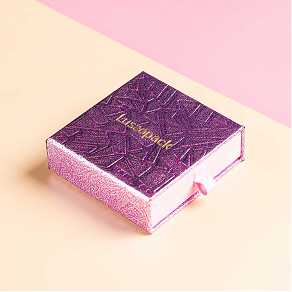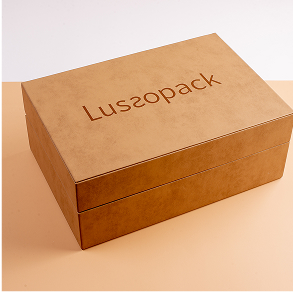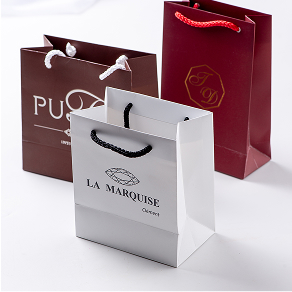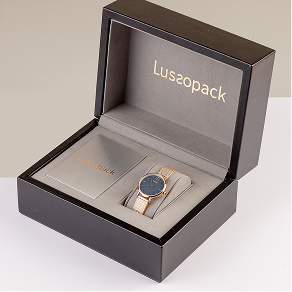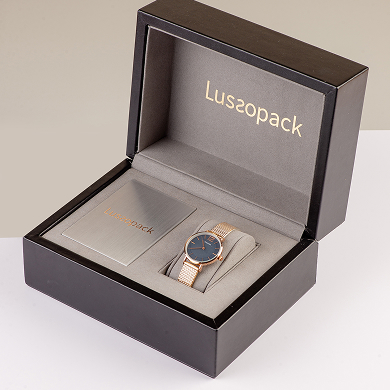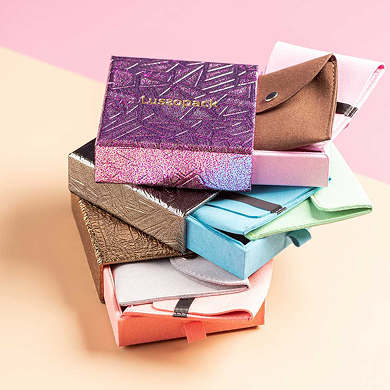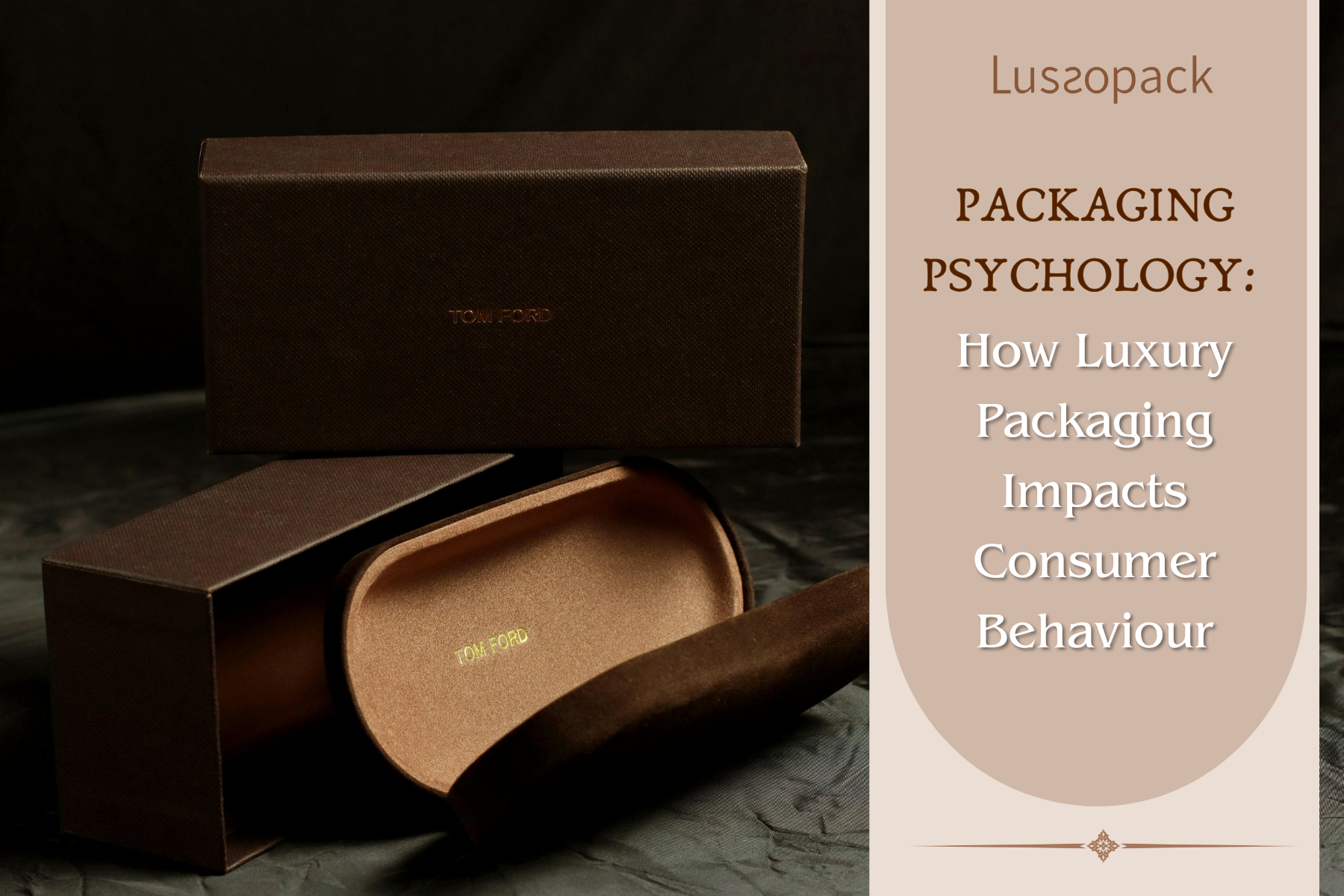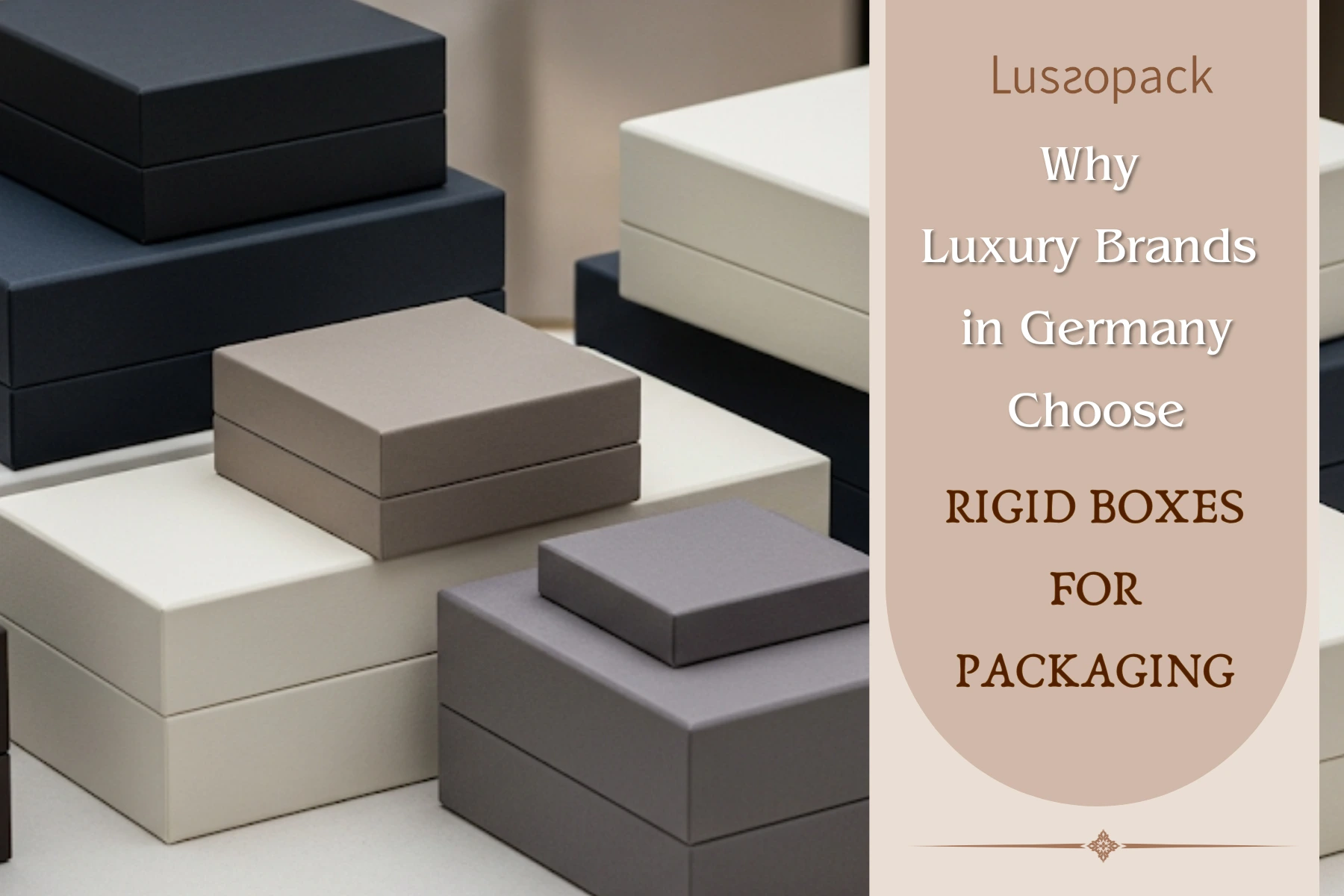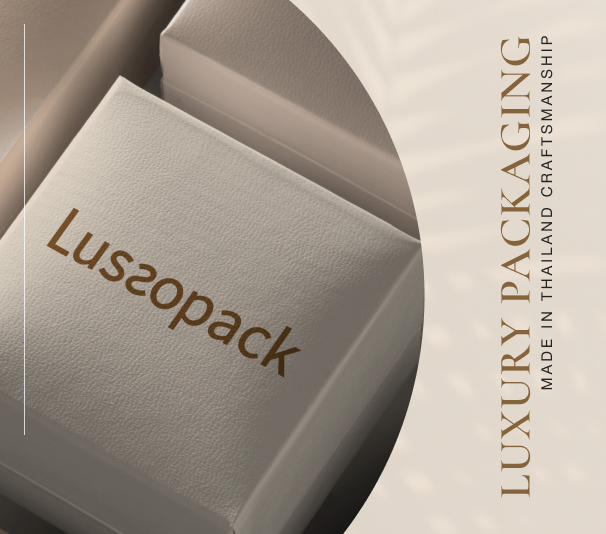Hot stamping is a versatile and popular method used for applying logos and designs onto various surfaces, such as paper, plastic, leather, and more. It’s a process that involves using heat and pressure to transfer a metallic or colored foil onto a substrate. This technique is commonly employed in industries like packaging, printing, branding, and manufacturing to create high-quality, visually appealing products.
Here are some key points about hot stamped logos:
Process Overview
Hot stamping involves three main components: a heated die, a foil (usually metallic or colored), and the substrate (the material onto which the logo is applied). The process begins with the die being heated. Once it reaches the desired temperature, it’s pressed onto the foil, causing it to release from its backing and adhere to the substrate through the application of pressure.
Materials Suitable for Hot Stamping
Hot stamping can be applied to a wide range of materials, including paper, cardboard, plastic, leather, wood, and fabric. This adaptability makes it a favored method in various industries.
Advantages
- Durability : Hot stamped logos are known for their durability and resistance to abrasion and fading, ensuring that the design remains intact for an extended period.
- Elegance and Aesthetics : The process provides a premium, high-end look to products. The metallic finish of the foil gives a luxurious feel and can be used to convey a sense of quality and prestige.
- Customization : It allows for intricate and detailed designs, making it suitable for various branding needs, from small logos to complex patterns.
- Variety of Foil Colors : Hot stamping foils come in a wide range of colors, including metallic shades like gold, silver, and copper, as well as matte and glossy finishes. This versatility enables businesses to achieve the desired look for their products.
Applications
- Packaging : Hot stamped logos are widely used in packaging for products like cosmetics, wine and spirits, luxury goods, and high-end consumer electronics.
- Promotional Materials : It’s applied to items like business cards, brochures, and promotional merchandise to create a distinctive and memorable impression.
- Book Covers and Stationery : Publishers and stationery manufacturers often use hot stamping to add a touch of sophistication to book covers, notebooks, and other paper products.
- Labels and Tags : Clothing, accessories, and high-quality products often feature hot stamped labels or hang tags to enhance their branding.
Considerations
- Design Complexity : While hot stamping can achieve intricate designs, it may not be suitable for extremely detailed or fine-line artwork.
- Material Compatibility : Not all materials are suitable for hot stamping. It’s important to consider the type of substrate being used to ensure proper adhesion and quality results.
Cost Considerations
The cost of hot stamping can vary based on factors like the complexity of the design, the size of the area to be stamped, and the quantity of items to be produced. It’s often more cost-effective for larger production runs.


